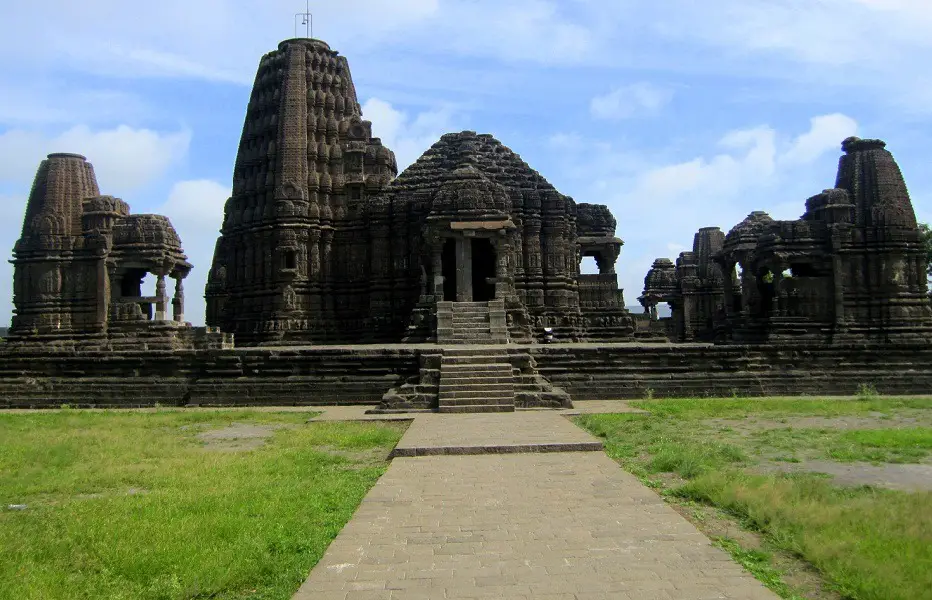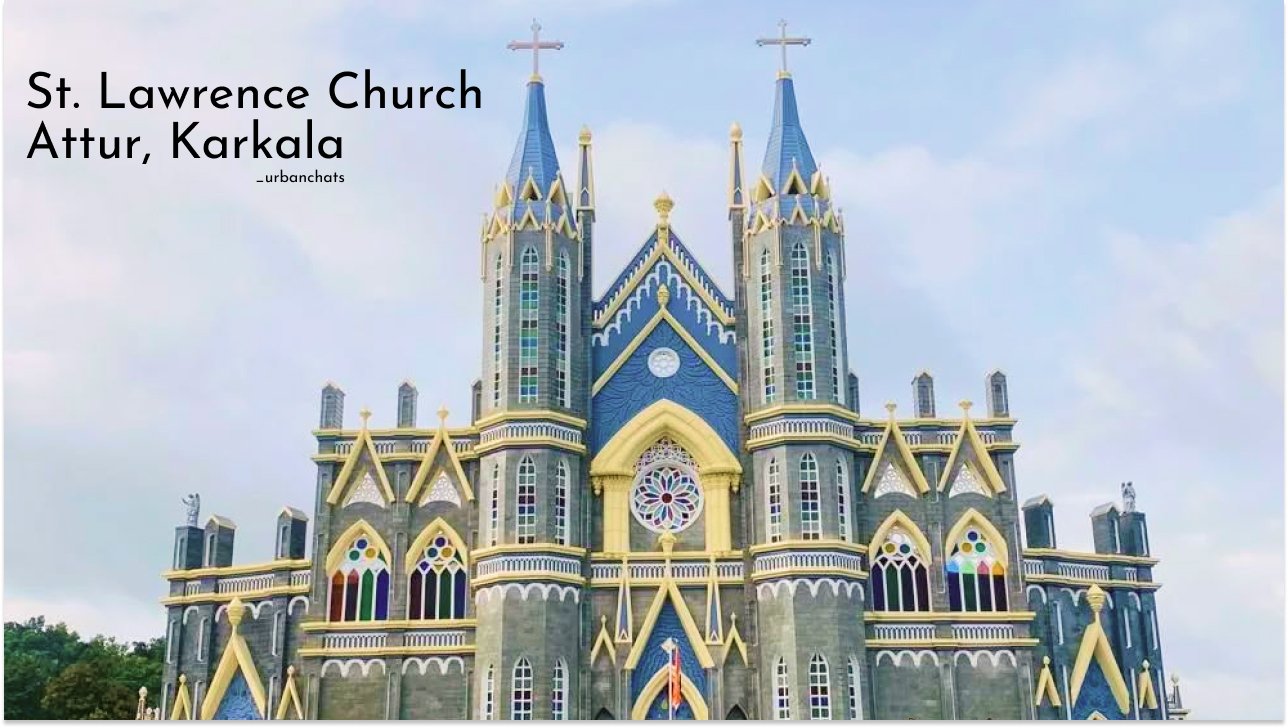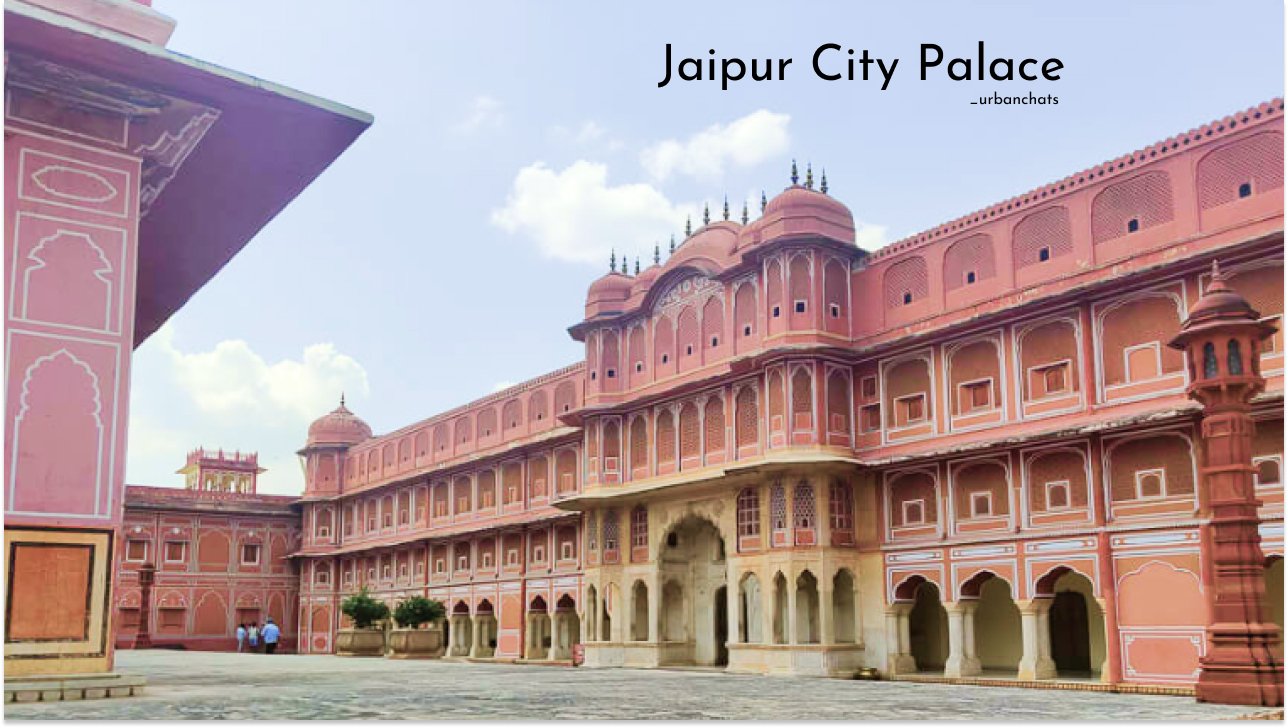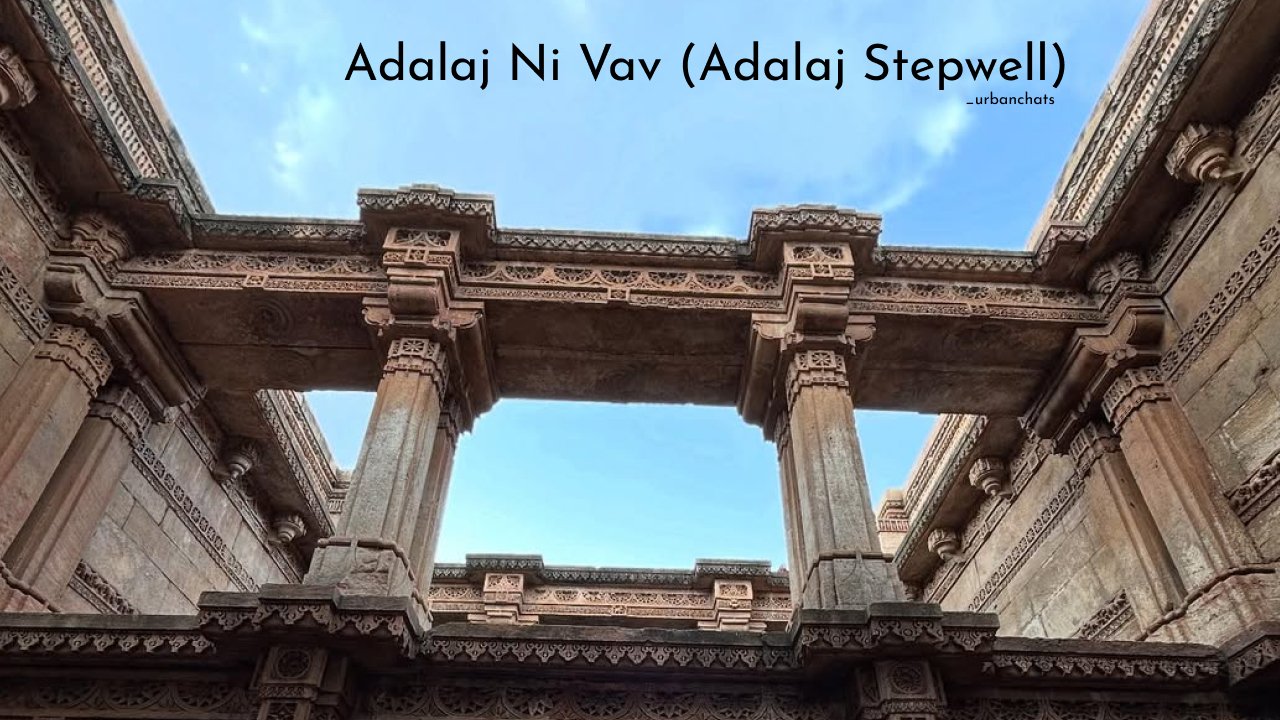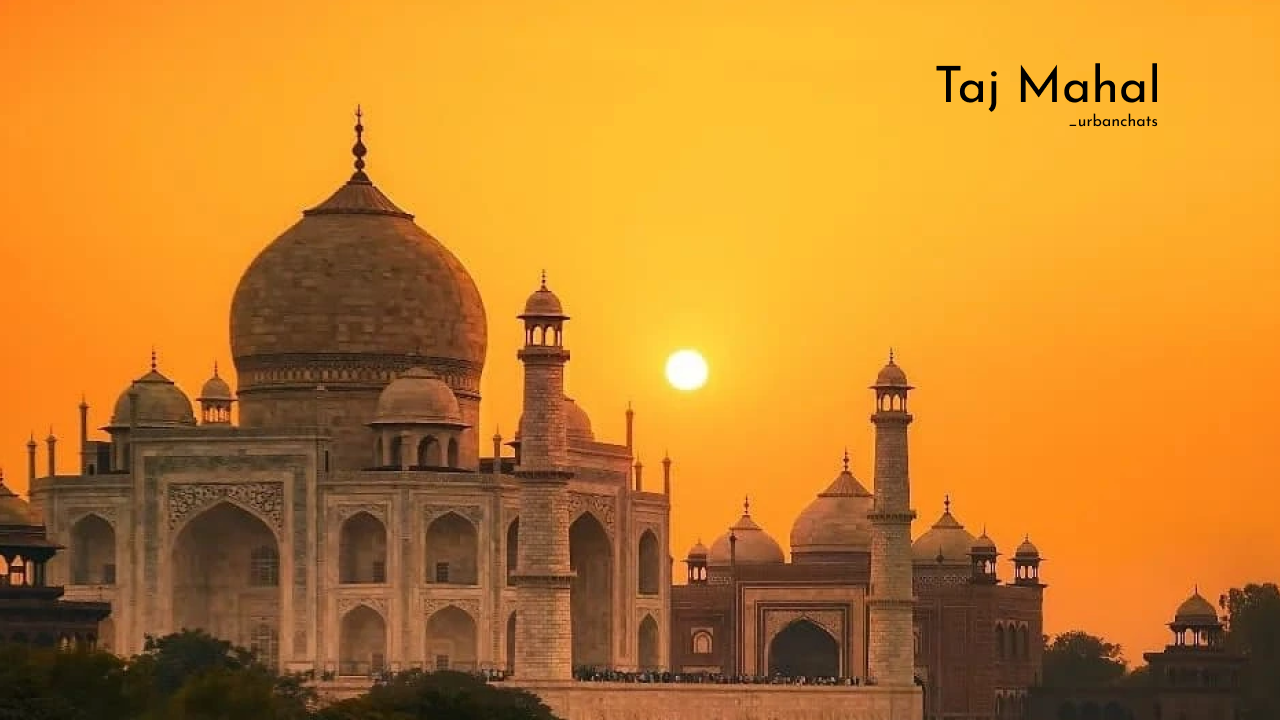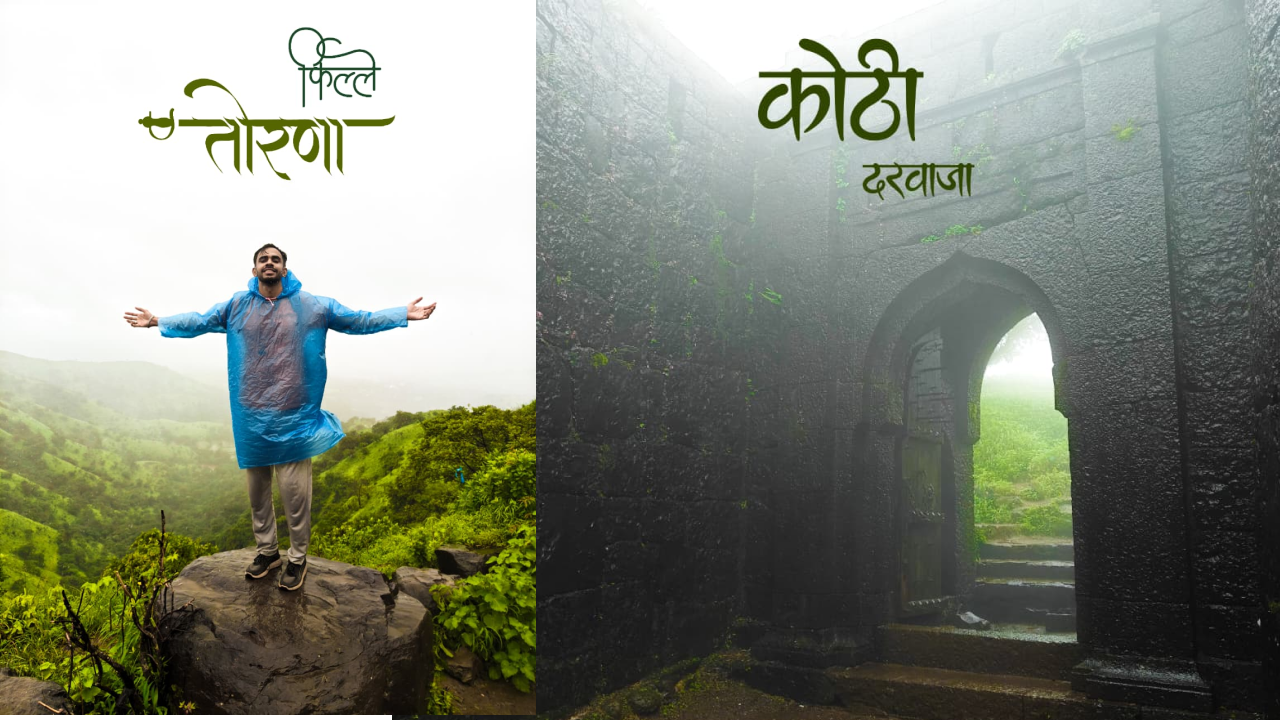Nestled in the quiet town of Sinnar, just 30 kilometers from Nashik, Maharashtra, the Gondeshwar Temple (IAST: Gondeśvara) stands as a testament to India’s rich spiritual and architectural heritage. This 11th-12th century Hindu temple, dedicated to Lord Shiva, is a hidden gem that blends devotion, history, and artistry. A few weeks ago, my friend Vedant and I embarked on a bike ride from Nashik to this sacred site, a journey that was as much about the road as it was about the soul. This article chronicles our pilgrimage, delves into the temple’s historical and architectural significance, and offers a detailed guide for travelers seeking to experience its serene beauty. Whether you’re a devotee, a history enthusiast, or a curious explorer, Gondeshwar Temple in Sinnar, Nashik, promises a profound connection to India’s past.
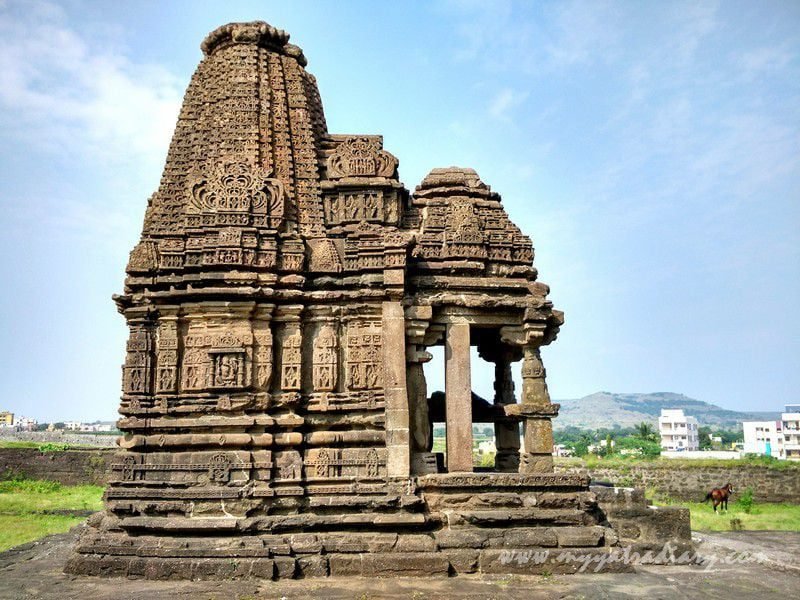
The Call of Gondeshwar: Our Journey Begins
It was a cool morning in Nashik when Vedant pulled up on his Bajaj Discover 125, the engine’s soft hum breaking the dawn’s silence. “Dhanwant, let’s visit Gondeshwar Temple,” he said, his eyes bright with anticipation. As a lifelong Nashik resident, I’d heard tales of this dharmik marvel in Sinnar, a place where faith and history intertwine. The idea of a bike ride to this sacred site felt like a calling a small pilgrimage to a sanctuary just 30 kilometers away. With helmets secured and snacks packed, we set off on the Samruddhi Mahamarg, the highway linking Nashik to Sinnar, eager for the journey ahead.
The ride wasn’t as swift as we’d hoped. The Samruddhi Mahamarg, a modern expressway, was busy with trucks and slowed by a light drizzle, stretching our 30-minute plan into a 1.5-hour adventure. Vedant navigated with care, while I gazed at the rolling green fields, feeling the pull of something sacred. This wasn’t just a trip it was a journey to Gondeshwar Temple, a place where Nashik’s spiritual legacy comes alive.
A Humble Pause in Sinnar Village
About halfway, our stomachs demanded a break. We veered off the highway into Sinnar village, a quiet hamlet where life moves at a gentle pace. A roadside shack caught our eye, its tin roof sheltering a small stove and warm smiles. For ₹30 each, we savored plates of kanda pohe soft, tangy, sprinkled with sev and shared a ₹20 chai in steaming steel cups. Sitting under the shack’s roof, we watched the village stir, locals nodding at us with quiet curiosity. The meal was simple but soulful, a humble fuel for our pilgrimage. With gratitude in our hearts, we hopped back on the bike, ready to meet Gondeshwar’s ancient stones.
Arriving at Gondeshwar Temple: A Moment of Reverence
Past Sinnar, a narrow lane led us to the temple. Vedant eased the Bajaj over bumps, and then it appeared: Gondeshwar Temple, its black basalt silhouette standing resolute against the sky, its 60-foot shikhara reaching heavenward. We parked carefully, removed our helmets with respect, and approached on foot, the gravel crunching softly under our steps. The air felt still, heavy with reverence no crowds, just the temple’s quiet grace. Vedant whispered, “This feels special.” I nodded, my heart full. Gondeshwar Temple, nestled in Sinnar, Nashik, welcomed us like a blessing.
Stepping onto the temple’s rectangular platform (125 x 95 feet), we felt the weight of centuries. The Archaeological Survey of India (ASI) maintains this sacred site, ensuring its preservation for future generations. The absence of crowds amplified the serenity, making our visit feel intimate, as if the temple itself was speaking to us.
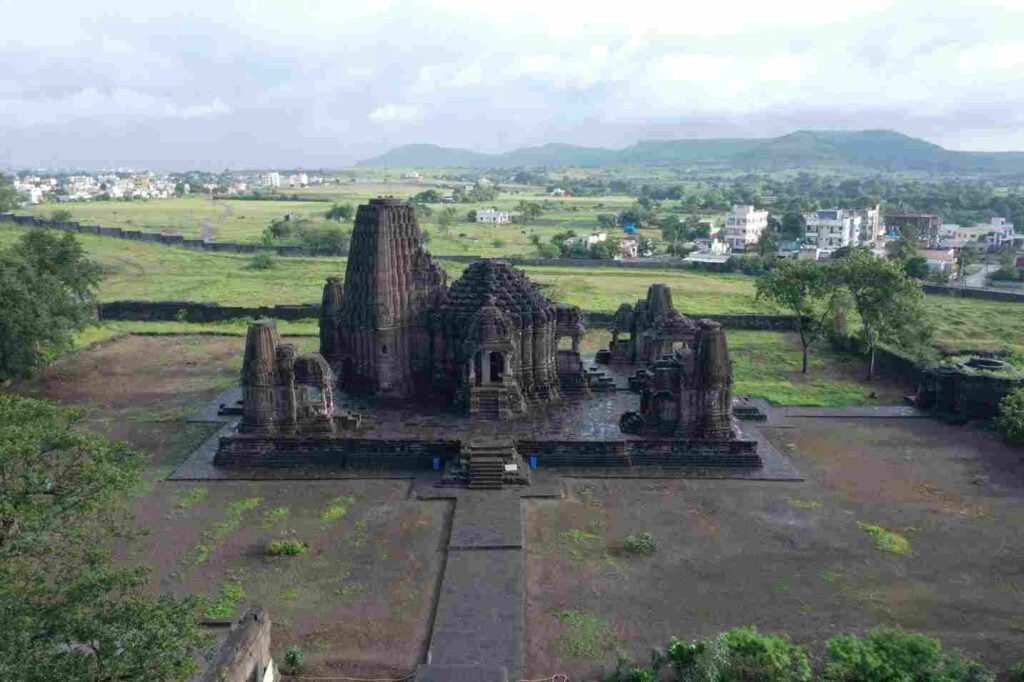
The Sacred History of Gondeshwar Temple
Gondeshwar Temple, also known as Govindeshvara, is a product of the Seuna (Yadava) dynasty, built during their pre-imperial period in the 11th or 12th century. Sinnar, then called Seunapura, was a stronghold established by King Seuanchandra, a Yadava ruler who laid the foundation for the dynasty’s influence in the region. Local tradition attributes the temple’s construction to Rav Govinda, son of the Gavali (Yadava) chief Rav Singhuni, who reportedly spent 200,000 rupees to erect this shrine. Some historians propose that Govinda-raja, a Yadava feudatory, was the patron, though this lacks concrete evidence. Regardless of its precise origins, the temple stands as a monument to faith, its stones echoing the devotion of its builders.
The temple’s historical significance extends beyond its construction. It served as a spiritual and cultural hub during the Yadava era, a time when Sinnar thrived as a center of trade and religion. The temple’s preservation by the ASI ensures that its legacy endures, offering visitors a glimpse into Maharashtra’s medieval past.
Architectural Marvel: The Bhumija Style
Gondeshwar Temple is a panchayatana complex, a distinctive Hindu architectural form featuring a central shrine surrounded by four subsidiary shrines. The main shrine houses a large Shiva lingam, the focal point of devotion, while the surrounding shrines are dedicated to Surya (the Sun God), Vishnu, Parvati, and Ganesha. Each subsidiary shrine has its own mandapa (pavilion), antarala (vestibule), and garbhagriha (sanctum), creating a harmonious layout that reflects cosmic balance.
Built in the Bhumija style—a regional variant of the Nagara tradition the temple showcases black basalt construction without mortar, a technique often mislabeled as Hemadpanthi after Hemadri Pandit, a 13th-century Yadava minister. The Bhumija style is characterized by its intricate carvings and a star-shaped plan, with the shikhara (tower) rising in tiers to a now-missing finial. The temple’s exterior walls are adorned with detailed sculptures depicting scenes from the Ramayana, alongside deities, celestial beings, and mythical motifs. Though less refined than those of the Ambarnath Shiva Temple, these carvings remain a testament to the artisans’ skill.
The main shrine, elevated on a plinth, is preceded by a Nandi pavilion and a mandapa with porches on three sides, serving as the temple’s entrance. The surrounding wall, now mostly in ruins, once enclosed the complex, adding to its fortified sanctity. The temple’s design shares similarities with the Udayesvara (Neelkantheshwara) Temple in Udaipur, Madhya Pradesh, reflecting a shared architectural heritage across medieval India.
A Spiritual Experience: Connecting with the Divine
Inside the main shrine, the Shiva lingam radiates a quiet power. Shoes off, heads bowed, Vedant and I stepped into the cool, dark sanctum, where the air felt alive with devotion. I lit a diya, its soft glow illuminating the ancient walls, and we offered silent prayers, gratitude swelling in our hearts. The subsidiary shrines beckoned next Ganesha’s welcoming presence, Parvati’s gentle strength, Vishnu’s calm, and Surya’s radiant light. Each shrine felt like a chapter in a divine story, inviting us to pause and reflect.
The temple’s serenity is its true gift. Unlike bustling pilgrimage sites, Gondeshwar offers a rare stillness, a space to connect with the divine without distraction. The ASI’s careful preservation ensures that the temple’s spiritual essence remains intact, making it a haven for devotees and seekers alike.

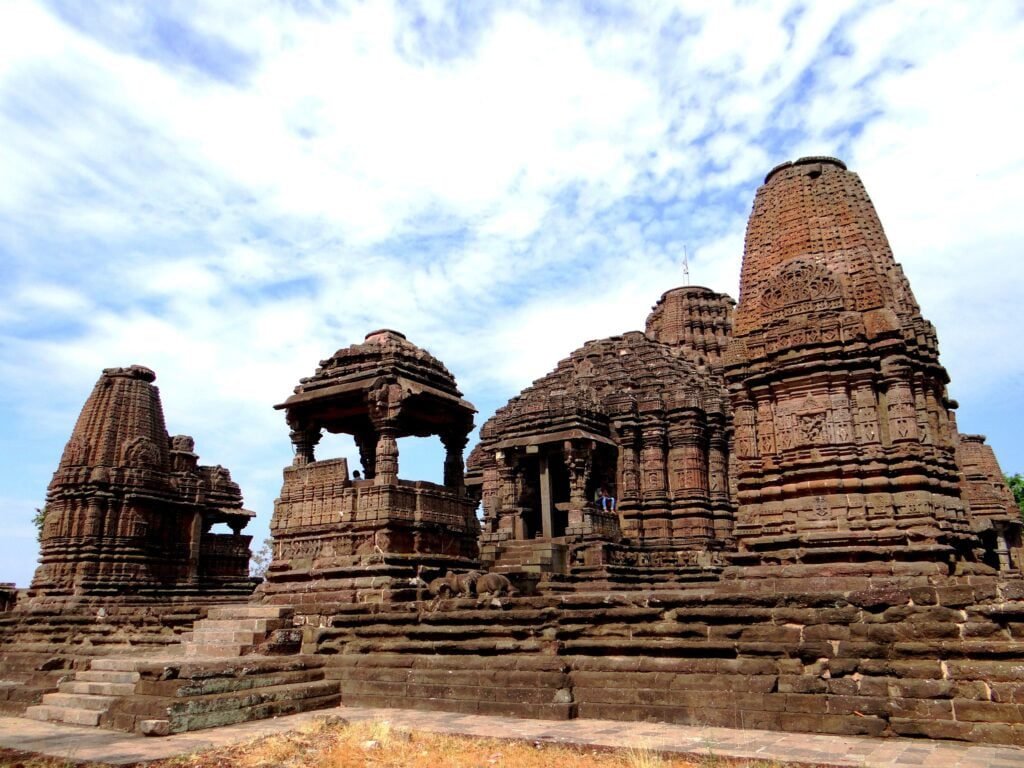
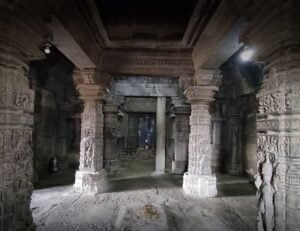
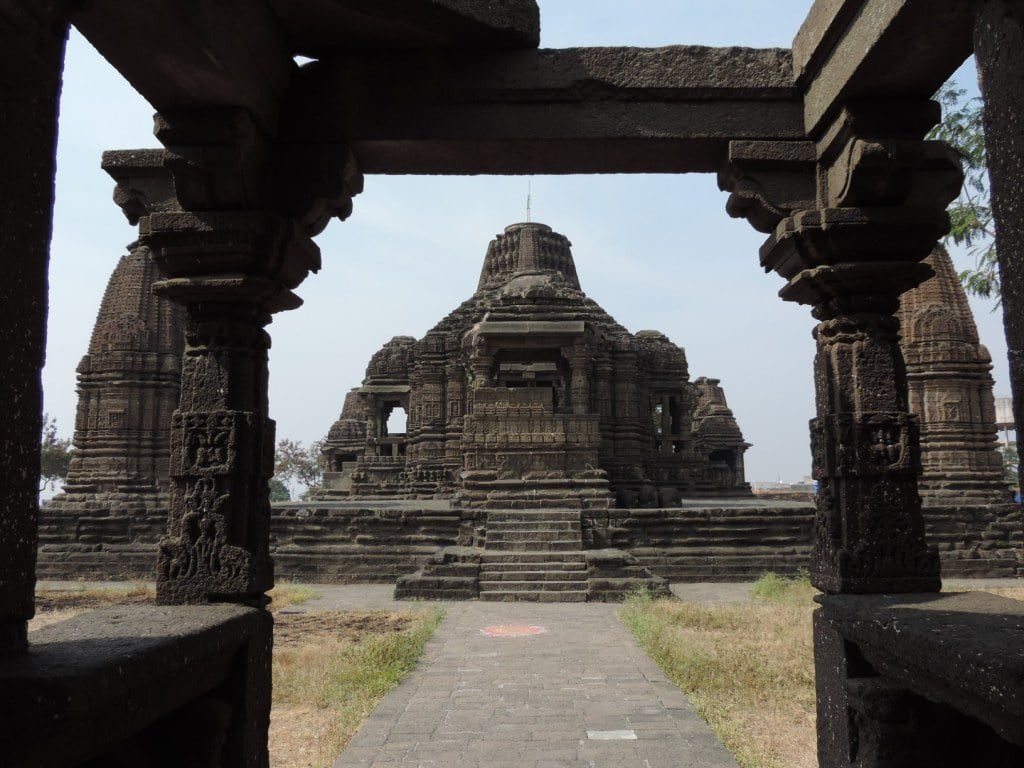
Practical Guide to Visiting Gondeshwar Temple
For those inspired to visit, here’s a detailed guide based on our experience and additional insights:
Getting There
- By Bike/Car: From Nashik’s CBS (Central Bus Stand), take the Samruddhi Mahamarg southeast for 30 km. Without traffic, the drive takes 30–40 minutes; with delays, expect 1.5–2 hours. Fuel costs ~₹150 for a round trip on a bike like the Bajaj Discover 125. Free parking is available near the temple.
- By Bus: Buses from Nashik CBS to Sinnar cost ₹45 and take ~45 minutes. From Sinnar’s bus stand, the temple is a 5-minute walk.
- By Train: The nearest railway station is Nashik Road (25 km away). A taxi to the temple costs ~₹100 and takes 40 minutes.
- Coordinates: 19.8514°N, 74.0019°E—use GPS for precise navigation.
Nearby Attractions
Enhance your visit with these nearby sites:
- Sinnar Fort: 5 km away, reachable by a ₹50 auto rickshaw ride in 30 minutes. This historic fort offers peaceful views and a glimpse into Sinnar’s past.
- Khandoba Temple: 20 km from Gondeshwar, a ₹80 taxi ride takes 1–2 hours. A sacred site for devotees, it’s known for vibrant prayers and rituals.
- Trimbakeshwar Temple: 55 km away (~1.5 hours by car, ₹200 taxi), one of the 12 Jyotirlingas, ideal for a day trip combining spiritual exploration.
Travel Tips
- Timing: The temple is open daily, typically from 9 AM to 6 PM (some sources suggest sunrise to sunset). Early mornings offer the quietest, most spiritual experience.
- Cost: Budget ₹100–₹200 for fuel, snacks, and prasad. Entry is free.
- Essentials: Carry a 1-liter water bottle and snacks, as village shops are sparse. Wear a helmet for biking on the busy Samruddhi Mahamarg. Bring a small diya or prasad to offer, but light it with care.
- Respect: Remove shoes, keep voices low, and honor the temple’s sanctity. Dress modestly to show reverence.
- Weather: Nashik’s climate in June is warm (25–35°C), with occasional rain. Check forecasts and carry an umbrella or raincoat.
Local Legends and Mysteries
Local lore adds intrigue to Gondeshwar’s history. Some believe an underground passage connects the temple to Trimbakeshwar, though no evidence confirms this. Such tales reflect the temple’s mystique, inviting visitors to ponder its hidden stories.
Cultural and Spiritual Significance
Gondeshwar Temple is more than a historical monument; it’s a living symbol of Nashik’s spiritual heritage. The annual Maha Shivratri festival draws devotees who celebrate with prayers, abhishekam, and offerings, filling the complex with devotion. The temple’s panchayatana design reflects Hindu cosmology, uniting multiple deities in a single sacred space. For locals, it’s a place of pride, a reminder of Sinnar’s role as Seunapura under the Yadavas.
For visitors like Vedant and me, the temple offers a moment of pause a chance to disconnect from the rush of modern life and reconnect with faith, history, and nature. Its carvings, weathered yet vivid, tell stories of the Ramayana, inviting reflection on timeless values.
Why Gondeshwar Stays in Our Hearts
As we sat near the shikhara, sipping leftover chai from a flask, the Bajaj resting nearby, Vedant summed it up: “This beats any rush, bro.” I agreed. Gondeshwar Temple isn’t just a destination; it’s a feeling a connection to 900 years of faith, artistry, and resilience. The serenity of Sinnar, the warmth of the village shack, and the temple’s ancient stones wove a memory we’ll carry forever.
As a Nashik native, I feel a deep love for this land, and Gondeshwar is its beating heart. Whether you’re a devotee seeking Lord Shiva’s blessings, a traveler chasing history, or simply someone craving peace, this temple welcomes all. Have you visited Gondeshwar? Felt its calm? Share your story below I’ll return, with respect and a full heart.
